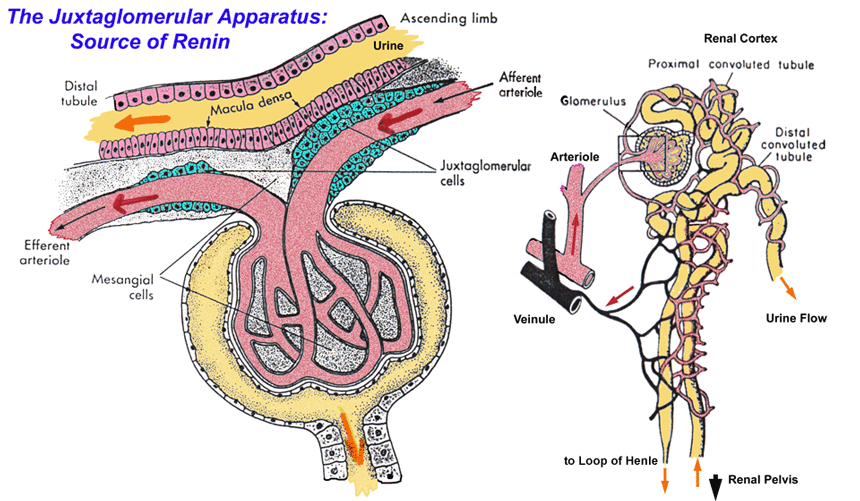Background Information
Propionate (or propanate) is the anion resulting from the split-up of propanoic acid. It's used as a mold-inhibitor in bread and also found in sweat and milk. It's one example of a group of 2 to 5-carbon fatty acids known as short chain fatty acids (SCFAs) that bacteria create when breaking down complex carbohydrates and sometimes protein. Also relevant is that SCFAs are found in the colon where they are absorbed into the blood stream.
In a similar way that opioid receptors are found in both the nervous and digestive systems, the type of olfactory receptors that bind to detectable molecules in the nose are also found in kidneys, smooth vessel cells and nerves. One specific renal olfactory-type receptor(Olfr78) in mice binds to the SCFAs acetate and propionate. Olfr78's human equivalent, OR51E2, behaves similarly towards the two ions, at least in test tube studies that used SFCA-concentrations comparable to those found in our blood plasma.
Evidence That SCFA Receptors Control Blood Pressure in Mice
a) one receptor's location
Using the reverse transcriptase-polymerase chain reaction, RNA made from the Olfr78 gene was detected in mice kidneys. Other experiments revealed that the gene was expressed in a specific part of the kidney where renin is released. Renin helps regulate body fluids and blood pressure. The diagram reveals the precise location: the juxtaglomelurular arteriole(JGA).

Source of diagram: (http://renalfellow.blogspot.ca/2008/10/review-juxtaglomerular-apparatus.html)
b) bonding of propionate to kidney olfactory receptor leads to renin release
Using fluorescent quinacrine, investigators labeled renin-releasing arteriole granules in solutions made with JGA glomeruli from wild strained mice. As they added propionate, the fluorescence decreased, suggesting that the short chain fatty acid which interacted with Olfr78 increased the secretion of renin. But solutions made from tissue of mice who lacked the Olfr78 receptor were unaffected.
c) live-mice experiments: second olfactory receptor also contributes to control of blood pressure
When Olfr78-less mice were fed a diet rich in polysaccharides (which led to high plasma levels of propionate), there was not enough renin produced. Meanwhile, a different olfactory receptor, Gpr41 (a G protein-coupled receptor found in the renal and iliac arteries and in the aorta), bonded to propionate and lowered blood pressure. This happened because without the presence of pressure-raising Olfr78, Gpr41's action could not be counterbalanced.
To verify that the gut bacteria were indeed the source of propionate, mice were treated with a cocktail of 3 antibiotics for three weeks. This had no effect on the blood pressure of mice possessing the Olfr78 gene. In light of the fact that activated Gpr41 and Olfr78 have opposing effects on blood pressure, this makes sense. Without propionate, neither receptor could play its role. But for antibiotic-treated mice who were without Olfr78, blood pressure actually increased. It's not as contradictory as it seems on the surface. In the presence of propionate, Gpr41 was acting "alone" in Olfr78-less mice. After taking away the ligand (propionate) for Gpr41, blood pressure rose relative to whatever homeostasis existed previously.
Sources:
SCFAs: The Enigma of Weak Electrolyte Transport in the Colon http://physiologyonline.physiology.org/content/14/2/58.full
Olfactory receptor responding to gut microbiota-derived signals plays a role in renin secretion and blood pressure regulation